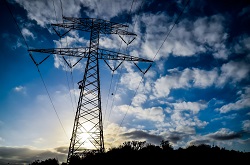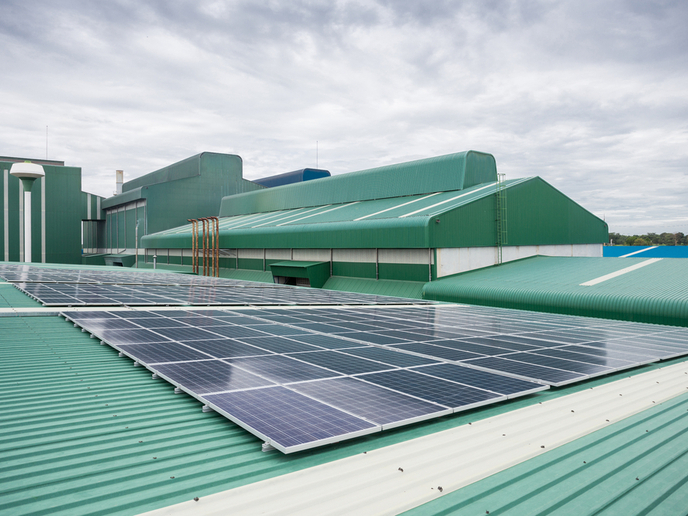Increasing power capacity
To satisfy society’s continuously increasing power consumption requires that we develop additional generation supply and network connectivity. Although with each power source or sub-network added to the electricity grid, its operational flexibility increases, at the same time it also magnifies the probability of uncontrollable short circuit fault currents that exceed network protection limits. These cascading fault currents disrupt supply, damage equipment and lead to severe power outages that can cost hundreds of millions of euros. As a result, electricity network operators are looking for ways to increase power capacity by adding energy sources while maintaining grid resiliency. The challenge, however, is that conventional solutions such as grid segmentation and network upgrades usually cost between a few and hundreds of millions of euros. Furthermore, these solutions have a negative impact on power quality, stability and reliability – essentially negating any benefit that they bring. For this reason, many electricity network operators are turning their attention to new Fault Current Limiting (FCL) alternative solutions. ‘FCL is a solution for increased capacity in electricity networks and for cost-effective connection of distributed generation and renewable resources,’ says Yoram Valent, CEO and Co-Founder of GridON Ltd and Coordinator of the EU-funded FCL Project. Building a better FCL solution GridON, a leading provider of FCL solutions, provides fault mitigation solutions for network operators, independent power producers and industrial customers. The company’s FCLs have been operating flawlessly in live networks since early 2013, and are considered reliable, easy to operate and maintain, and very effective in limiting numerous faults. These FCL solutions significantly reduce capital expenditure while avoiding labour and time-consuming upgrades and early retirement of fit-for-use equipment. ‘Our fault mitigation solutions enable increased power capacity and cost-effective connection of distributed generation and intermittent renewable energy sources,’ adds Valent. ‘They also improve energy efficiency and network stability and reduce carbon emissions.’ However, the baseline FCL solution (at the beginning of the project) was not viable for some specific market segments. For example, medium-voltage distribution and industrial networks require a smaller and cheaper product. Through the EU-funded FCL project, GridON researchers were able to achieve a significant size reduction in the company’s saturated core FCL and improve its performance envelope. ‘We successfully developed an improved saturated core FCL by adding a newly developed power-electronics switching system,’ explains Valent. ‘This integrated novel architecture allowed for a reduction of the main FCL unit’s footprint and costs, thus positioning it as a very attractive solution for distribution networks and industrial customers.’ Opening the door to new possibilities The achieved results of the project open the possibility for wider market adoption of the FCL solution, as well as tapping applications that were not feasible or less attractive with the first-generation technology. ‘The improved FCL enables simple, cost-effective connection of new generation sources to existing power grids,’ says Valent. ‘Such new connections increase the generation capacity of dense urban areas and may offer reduced electricity cost, not to mention create new revenues for businesses with generation capability.’ Thanks to the cost-effective FCL developed in this project, industrial customers can now increase the power capacity of their plants. This directly enables cost savings in upgrading existing equipment, saves time in approving new connections of distributed generation and reduces the carbon footprint of the network. Valent says GridON plans to further commercialise the power-electronics based FCL technology and to promote it with worldwide prospective customers and stakeholders.







